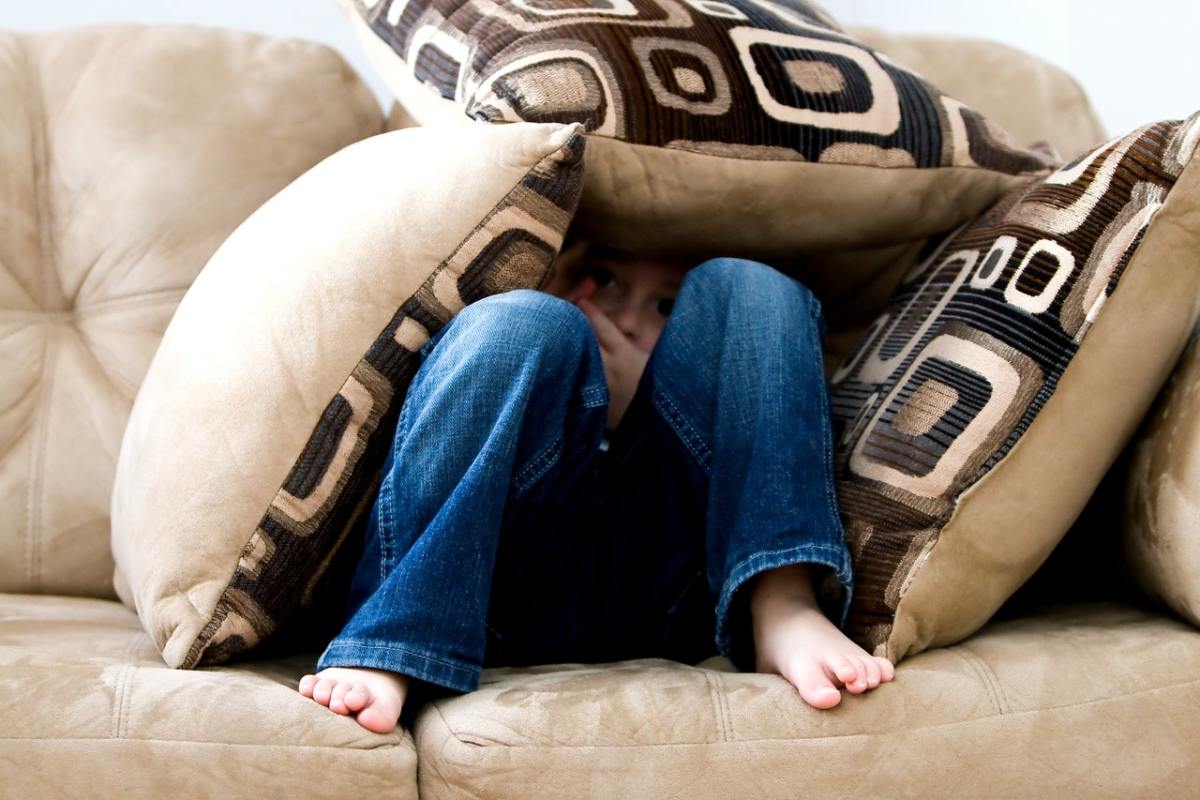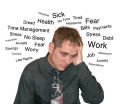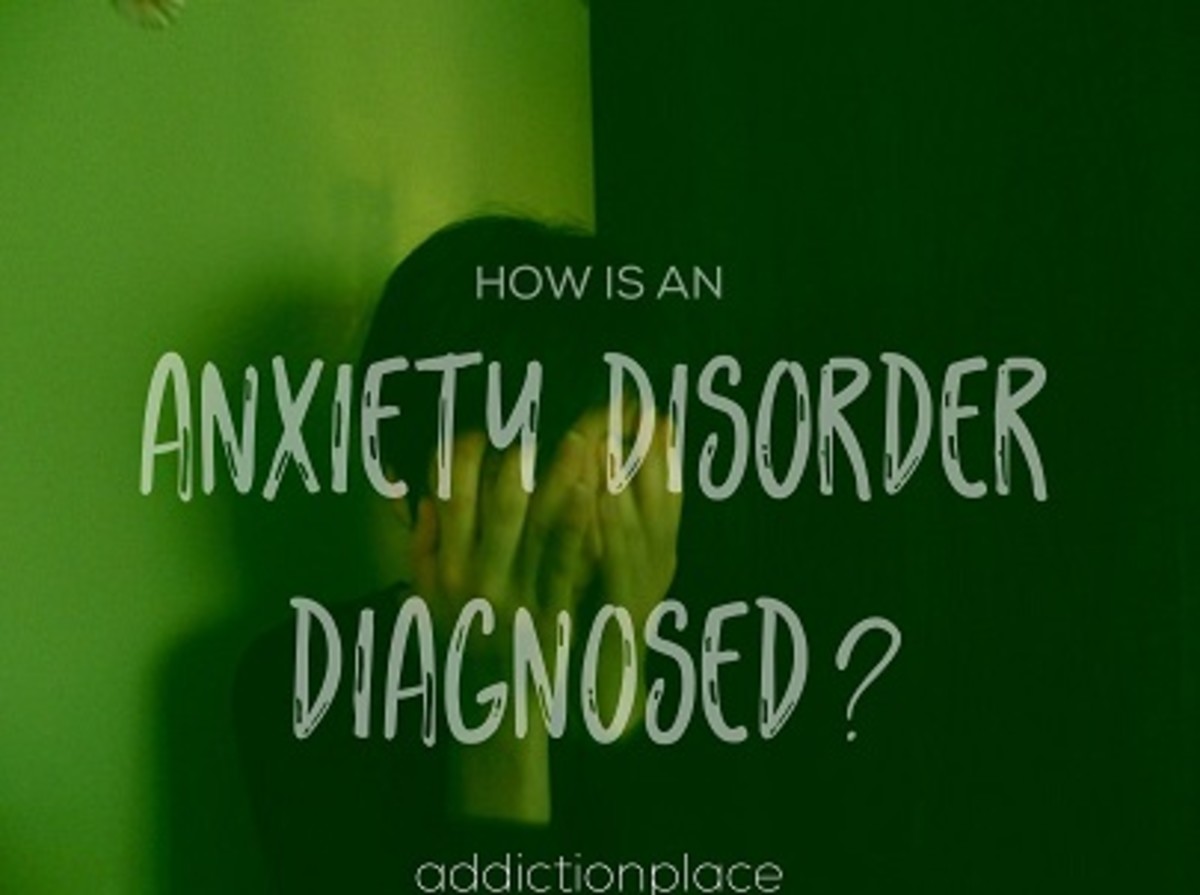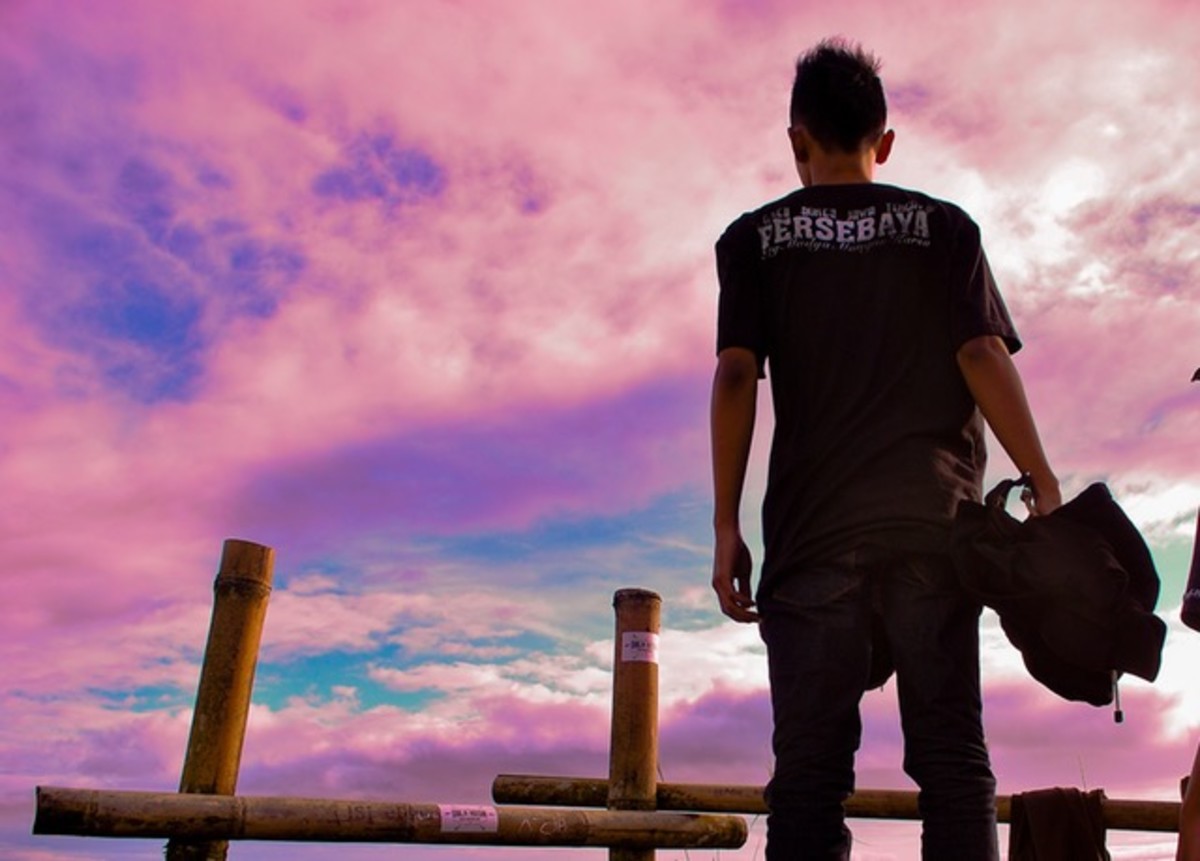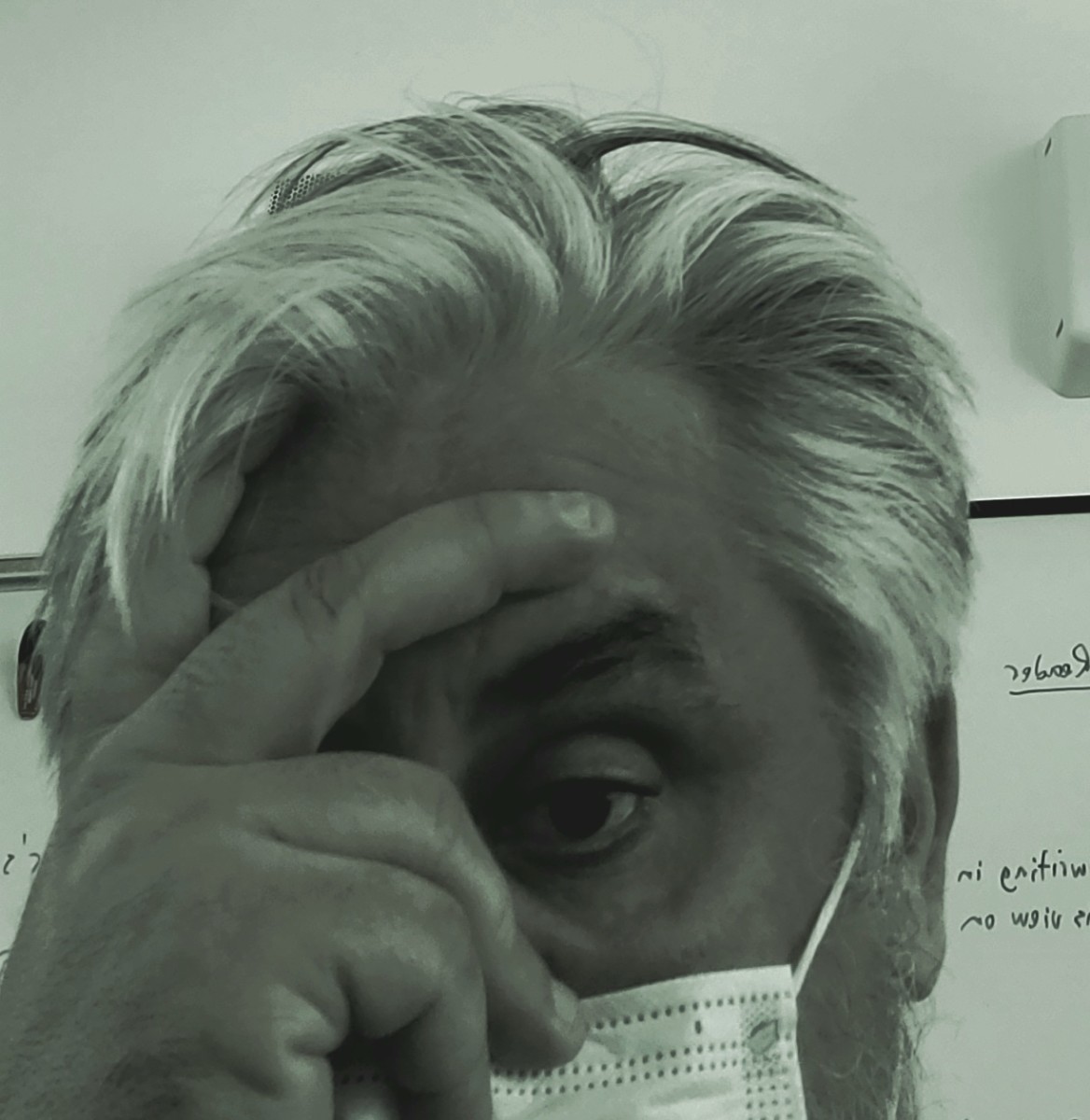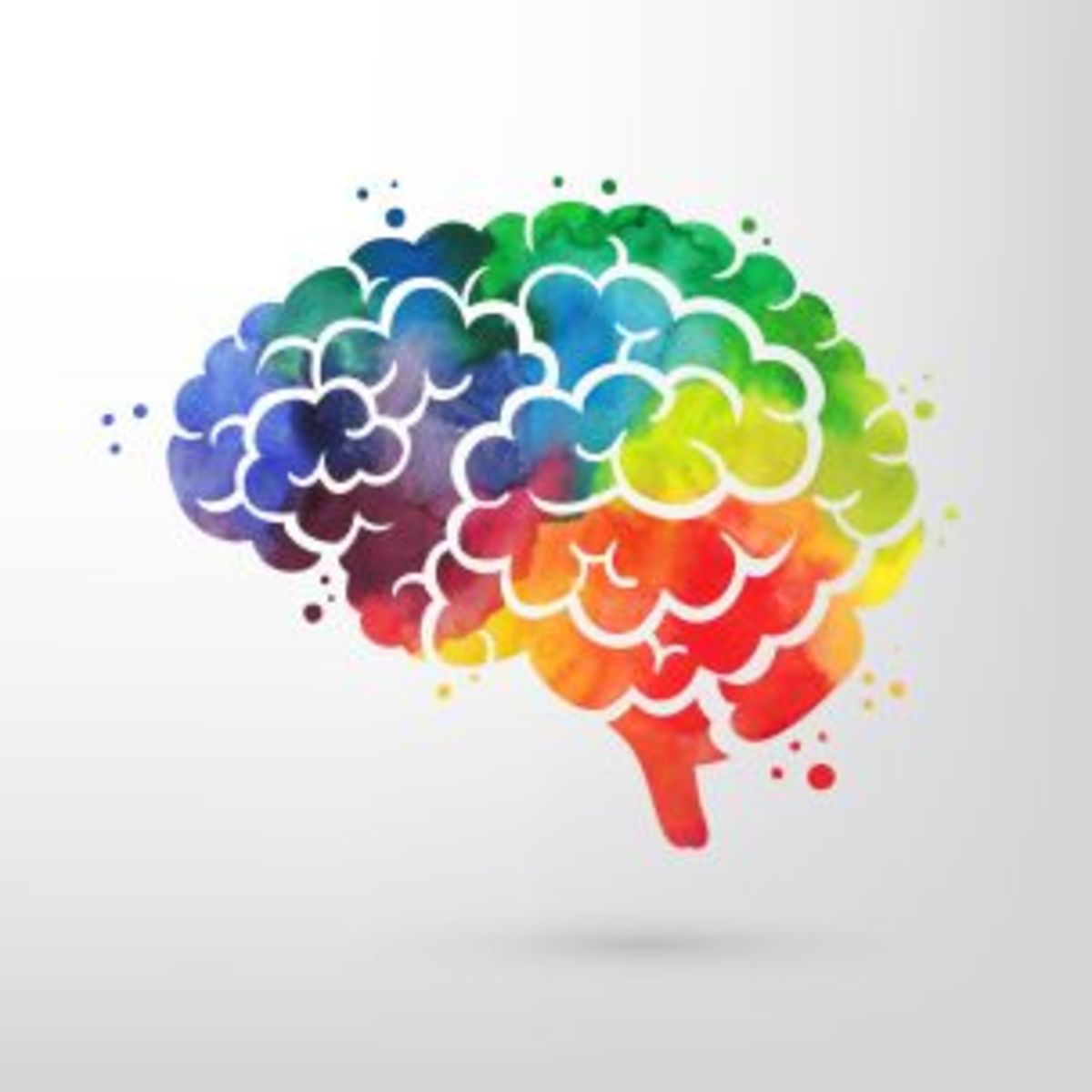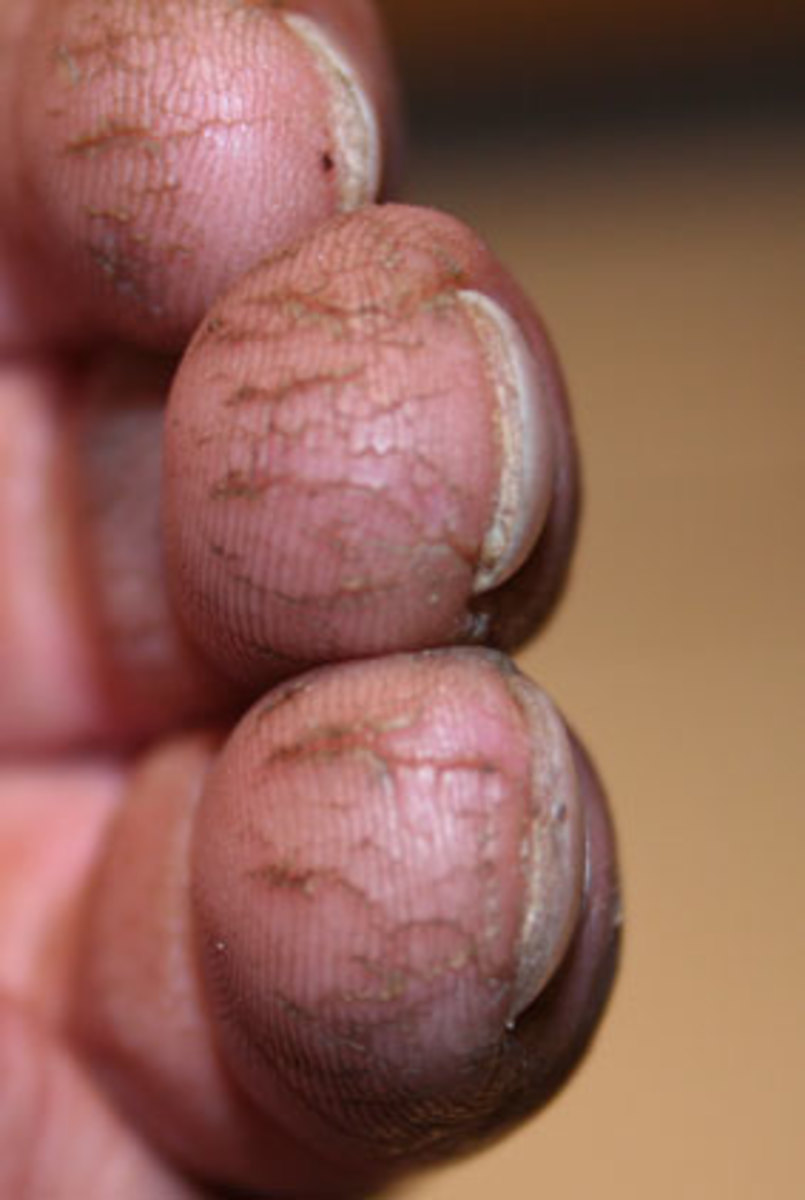How to help a Child cope with Anxiety
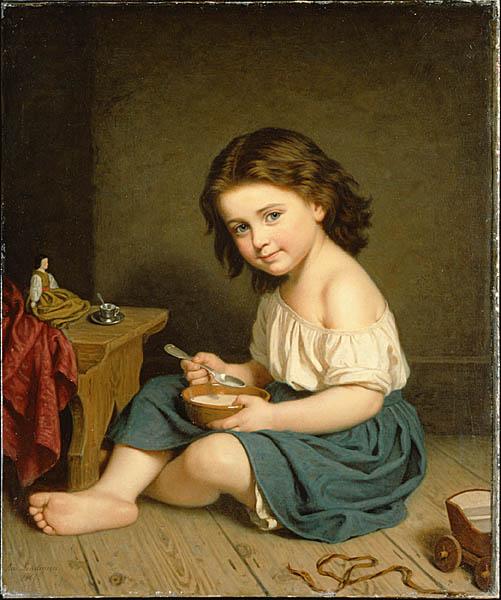
Introduction
With the state of the world, today, the innocent souls are facing more than they should at their age. They are exposed to crime and violence around. Thus, reminding them to be cautious all the time. The emergency drills done in schools drain their minds and envelope them with caution and fear. All this makes their minds so anxious. Innocence is going down the drain at such an early age.
Competitive world is making parents drill their children into working hard and beyond their capacity. This kind of behavior stresses out the children.
Result: They are anxious children.
Definition
Anxiety is an uneasiness of mind usually caused by fear of danger. It is also a state of apprehension over some matter.
“If you want your children to be intelligent, read them fairy tales. If you want them to be more intelligent, read them more fairy tales.”
― Albert Einstein
“A baby is God's opinion that the world should go on.”
― Carl Sandburg
“Children must be taught how to think, not what to think.”
― Margaret Mead
“Children aren't coloring books. You don't get to fill them with your favorite colors.”
― Khaled Hosseini
“Don't handicap your children by making their lives easy.”
― Robert A. Heinlein
“Your children are the greatest gift God will give to you, and their souls the heaviest responsibility He will place in your hands. Take time with them, teach them to have faith in God. Be a person in whom they can have faith. When you are old, nothing else you've done will have mattered as much.”
― Lisa Wingate
Overview
There are approximately 40 million American adults (18 years and older) who suffer from some anxiety. 8% of teens aged 13-18 years have an anxiety disorder where the symptoms usually appear at six years of age. Studies suggest that only 18% of teens are getting help for their anxiety disorder.
Anxiety that may require help.
Studies show that there is 90% of children between the ages of 2-14 that have at least one type of fear, which may be related to a specific event or a development in their life.
- Age 0-2 years toddlers fear loud noises, strangers, and separation from parents, large objects.
- Age 3-6 years preschoolers fear imaginary figures, the dark, noises, sleeping alone, thunders.
- Age 7-16 years adolescents fear becomes realistic at that age if not treated earlier.
Time to help, when your child’s anxiety is affecting his functioning or the entire family is moving around the child’s anxiety. It is time to approach a professional for help.
Anxiety Disorders in Children Anxiety disorder is a wide term used for many disorders, and phobias. Each of them has a variety of disorders.
Obsessive Compulsive Disorder (OCD)
Child demonstrates unwanted and intrusive thoughts. He is obsessed over it and want to perform that ritual and follow the routine compulsion to lessen the anxiety.
Common examples:
- Obsession: Fear of harm to others. Compulsion: Checking/rechecking objects, situations and information.
- Obsession: Fear of dirt and germs. Compulsion: Washing and rewashing of hands.
Generalized Anxiety Disorder (GAD)
When the child worries excessively about numerous things. Examples: Health, natural disasters, punctuality. When these kids become hard on themselves and strive for perfection and need constant reassurance from others to calm down.
Physical symptoms would be difficulty sleeping, restlessness, or trouble concentrating.
Panic Disorder
If the child experiences at least two panic or anxiety attacks for no reason. Panic attacks include:
- The need to escape
- Rapid heartbeat
- Sweating
- Trembling
- Chest pain or discomfort
- Feeling of danger
Specific Phobias
If the child has an intense irrational fear of something specific. He would try to avoid the situation or objects that scare him or put up with the situation but cry with complaints or throw tantrums or be excessively clingy.
Post Traumatic Stress Disorder (PTSD)
Children suffering from PTSD demonstrates fear and anxiety. Children without a strong social support network are thought to be suffering from PTSD. Such children avoid places, people or activities. However, if treated, these children recover after a short time.
Selective Mutism
Such children refuse to speak. They also avoid eye contact, tend to stand like a statue with no expression. This kind of behavior interferes with school, their friends and other social situations. Reasons for selective mutism could be a severe form of social anxiety disorder.
What can a parent can do to help their child?
Listening is the key.
Hear your child’s feelings out.
Stay calm when your child becomes anxious over any situation.
Praise small accomplishments.
Be flexible and maintain a normal routine.
Do not punish the lack of progress.
Ease down during stressful periods.
Plan for transitions ahead of time.
Additional Help for Adults on how to cope anxiety in Children
The Child Anxiety Network
www.childanxiety.net
--------
Healthy Children
www.healthychildren.org
-----------
Anxiety Disorders Association of America
www.adaa.org
Professional Help
If the above techniques do not show any improvement in your child’s progress. Talk to your child’s pediatrician. This will help to get an insight into their physical development.
Another alternative is to find a therapist who can work with your child. Therapists usually adopt a Cognitive Behavior Therapy (CBT) where the kid is challenged over their anxious thoughts and behavior and made to understand the situation rather than giving in to anxiety. It also gives them the options to cope with them while empowering them to realize their fears.
Medication
Sometimes when therapies do not work, a little bit of medication can also be a good option to get the extra help to help the child overcome his fears and anxieties.
Research indicates that a combination of CBT and medication worked better for children aged 7-17 than just treatment alone.
Conclusion
Children are the future of this planet. Since we cannot take charge of controlling the crime around us, we can definitely be responsible adults or parents by making sure our children are mentally, emotionally and physically secure.
Listen to your child's needs and make sure he/she has the proper channel to overcome them. Our future is in their hands, and if we neglect their wants, we are putting our planet and our old age in jeopardy.

